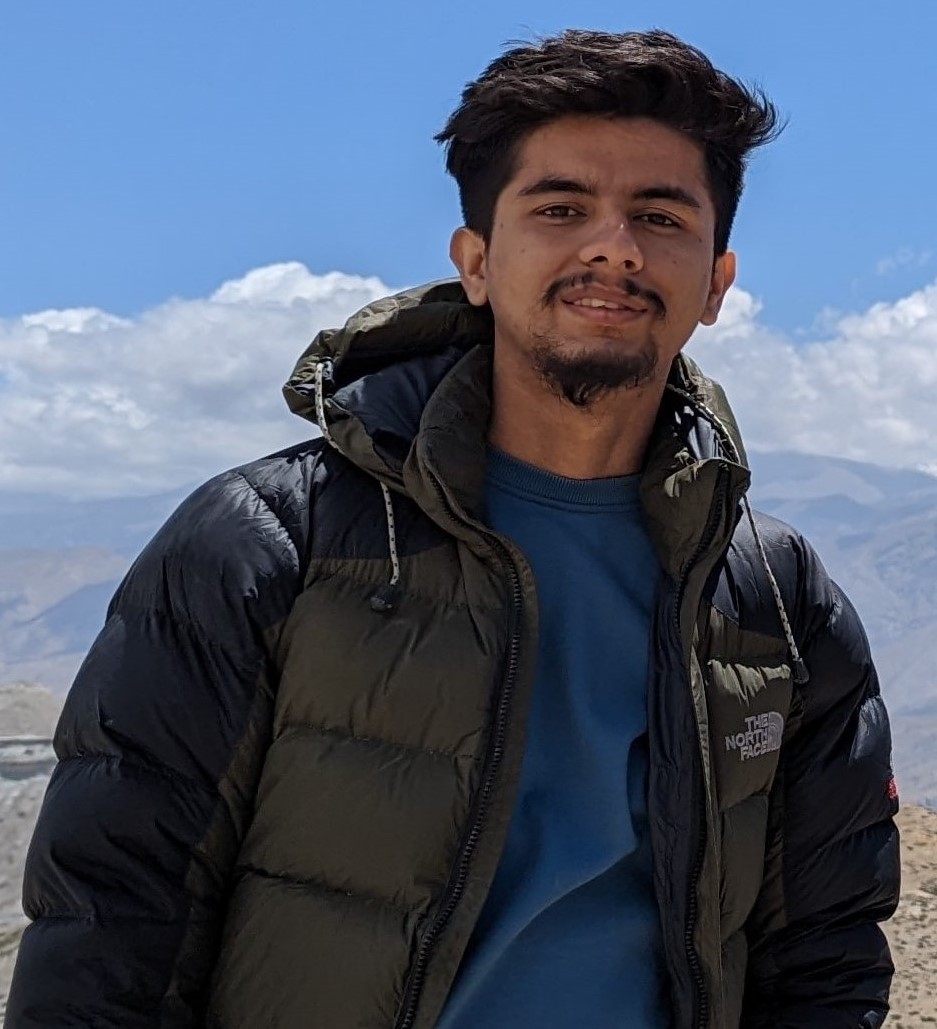Life & Health
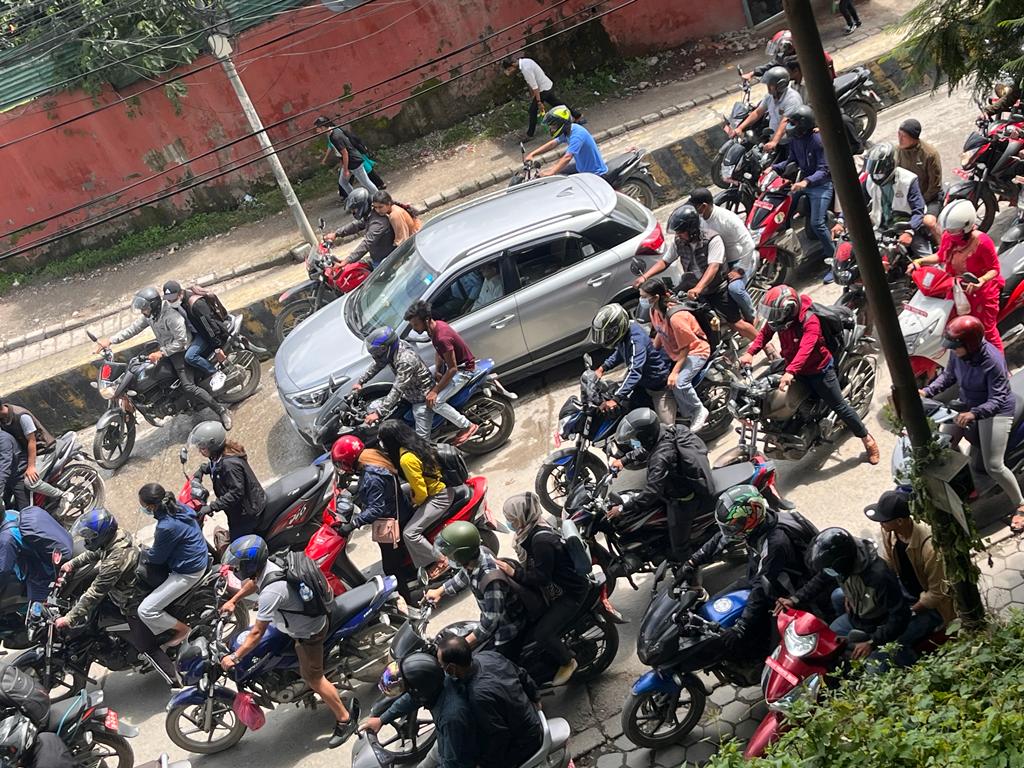
Here’re some disturbing new figures about road accidents in Nepal.
- More than eight people get killed in road accidents daily.
- That’s based on last fiscal’s total annual loss of 2,883 people, who were killed in various accidents.
- Over 32,000 Nepalis were injured, over 7,000 of them seriously, in 39,000 road accidents.
- Nearly 80 percent of the nearly 3.5 million vehicles registered in the country are two-wheelers.
- Around 40 percent of the two-wheelers run or race inside Kathmandu valley.
As the country rapidly motorises more vehicles hit the streets – and not a single day passes without news of a fatal road accident mostly involving motorcycles. And every week or so a bigger vehicle either veers off the mountain highway or crashes with fatalities.
Experts say road accidents are a result of poor enforcement of road safety rules.
That most victims are economically active and young means a huge loss to immediate family and the national economy.
Here are five simple way to avoid fatal road accidents in Nepal’s roads and highways.
1. Buckle up
Seat belts are important and a time-tested safety mechanism. But there is poor adoption of seat belts among vehicle users in Nepal.
Yet many Nepalis in the passenger seat of sleek-looking cars can be seen travelling without seatbelts.
Nepal has a law of fastening the seat belts but that applies only to the driver. WHO also lists, that this loop-hole is one of the major causes of deaths during road accidents in Nepal.
According to WHO, “Fastening seatbelts can reduce fatalities among front-seat occupants by up to 50% and among rear-seat car occupants by up to 25%”.
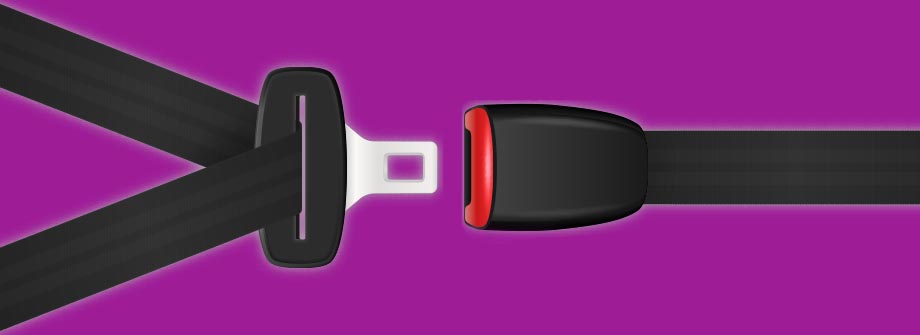
And to wear seatbelts when available does not require law but a simple bend of hand to latch the belts.
2. Helmets on
"Use your head, wear helmet" - thus goes a famous saying.
Helmets are the best ways to avoid head injury which is a leading cause of death and injury during a road accident if you are a two-wheeler rider.
WHO says: “Wearing correctly a quality-standard motorcycle helmet can reduce the risk of death by over 40 percent and the risk of severe injury by almost 70 percent.”
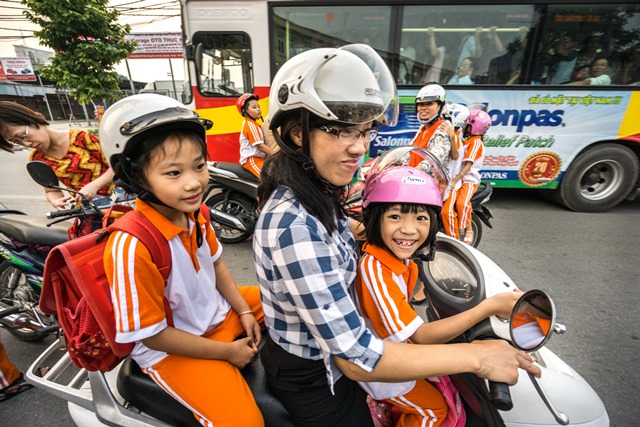
But in Nepal, helmets are only mandatory for the rider, not the passengers, this has put the passengers in a vulnerable spot. Nearly, 20,000 out of 39,000 accidents are on motor-bikes which is over 50 percent of total.
Putting on helmets by both riders and passengers will prevent a lot of fatalities. Even cyclists are highly encouraged to wear helmets.
Being said so, ensure the helmet you are wearing meets the quality standard, Nepali market is flooded with uncertified helmets.
3. Children on the back seat
Children are seen sitting – often standing in the front passenger seat either on the guardian’s lap or on their own in Nepal.
WHO mentions: “Children are safer seated in the rear of a vehicle rather than in the front.” It also says that placing children in a child restraint – the baby seat is the best way to protect them in case of a crash.
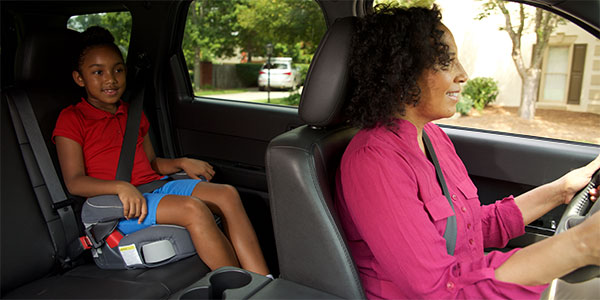
Child restraint is far-fetched in a country where the law does not even require a child to seat in the backseat. However, saving your child does not require law, it requires will, attention and ‘child restraint’.
4. Drive attentively and defensively
Driving which people take easily is in fact a tough task for the brain, especially when you are not mentally fit.

Drink-driving is one of the leading causes of road accidents in Nepal. The official data shows that 1,177 road accidents were caused due to drink-driving in Nepal.
Not to mention other distractions like using mobile phones during driving and distractions caused by blindingly-bright digital billboards.
It is extremely necessary to remain attentive while driving, if you are not feeling well, ask your friend/relative or simply take a cab/public bus to your destination.
By avoiding driving if you have drunk; are feeling sleepy; or are under mental pressure, you are saving your life as well as others on the road.
Also, do not go on long drives at night, light glares from vehicles and your dashboard can make you sleepy.
The other thing to put on the back seat other than your child is your pride and aggression. Road rage and aggression is one of the major cause of road deaths among youths. If someone is showing aggression, please get out of their way, and do not engage in risky races.
Speeding often leads to death and often innocent pedestrians and cyclists are killed. WHO writes: “Pedestrians who are hit by vehicles at 65 km/h are nearly 5 times more likely to die than if they are hit by a vehicle travelling at 50 km/h.”
Also a recent research in USA showed most road crashes happened when drivers were using mobile phones to talk, or even worse, send text messages.
5. Keep a safe distance
Driving too close to each other or tailgating is dangerous. This can cause fatal accidents when the vehicles are at high speed.
Especially in poor weather, when the visibility is low, tailgating often leads to road pileups.
Large, loaded and heavy vehicles take a longer distance to stop than small light vehicles. So, take notice of speed, and the size of vehicles too while keeping distance.
Don’t brake suddenly in front of trucks; they take much longer to stop than a car. It is simple 6-grade science – the higher the mass higher is the inertia.
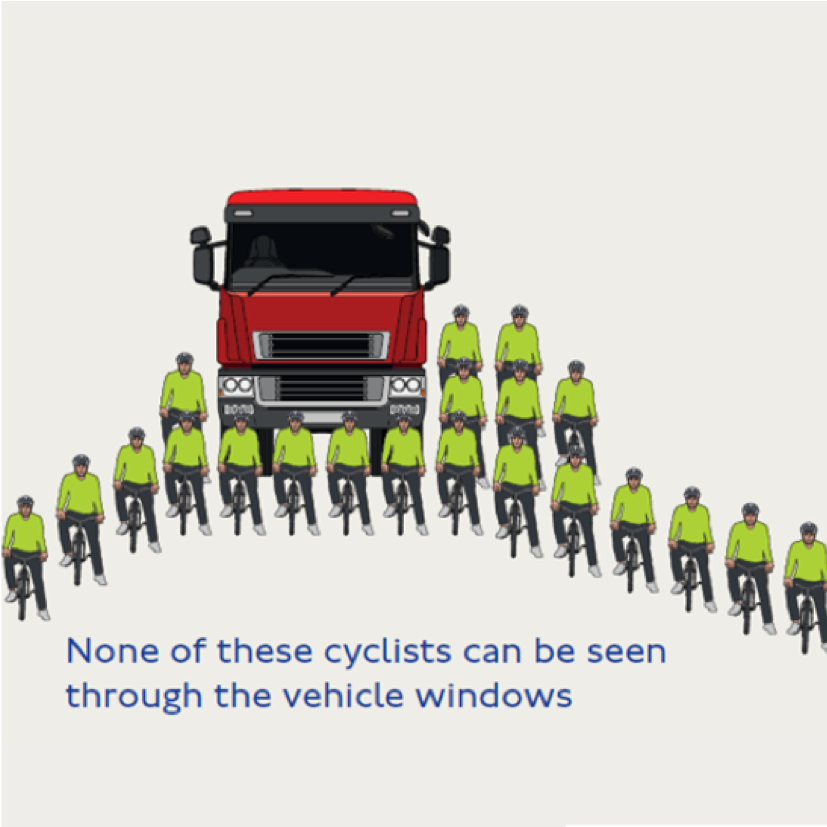
Trucks and trippers have large blind spots, if you are a biker, cyclist, or even a pedestrian – crossing in front, avoid the blind spot. It is wise to get out of the truck lanes, when possible.
Laws are meant to save you, so follow them. Plus you can do much more to drive safe.
First and foremost, experts suggest, use your common sense and stay super alert at all times while driving.
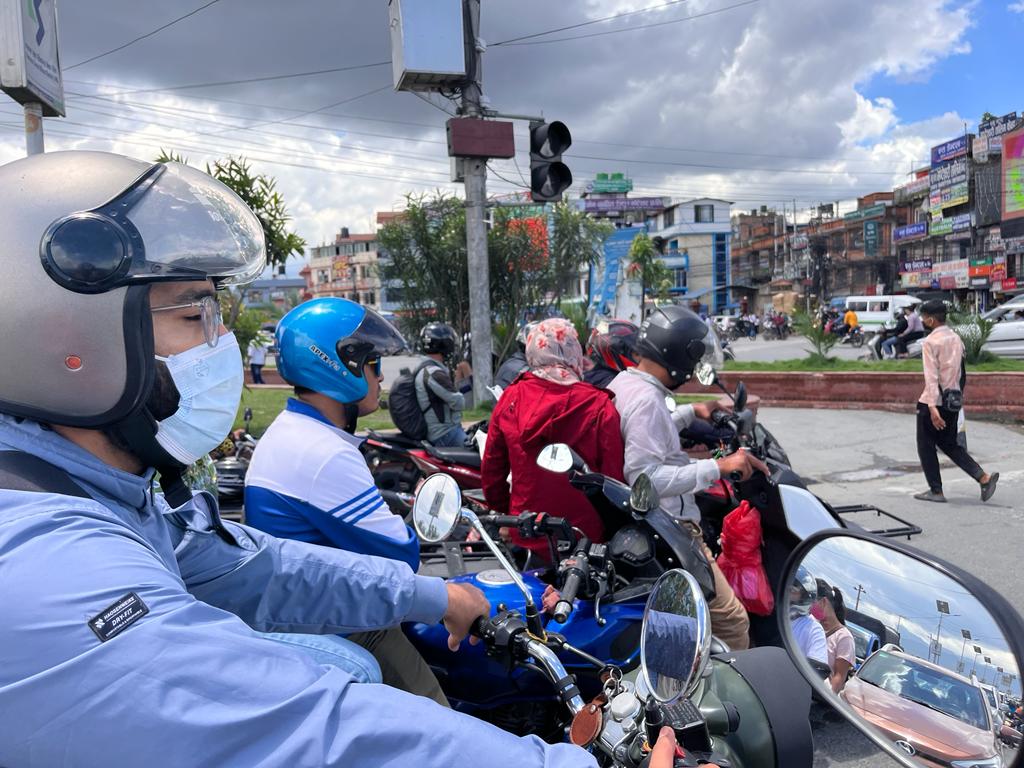

_11zon1681280198.jpg)




